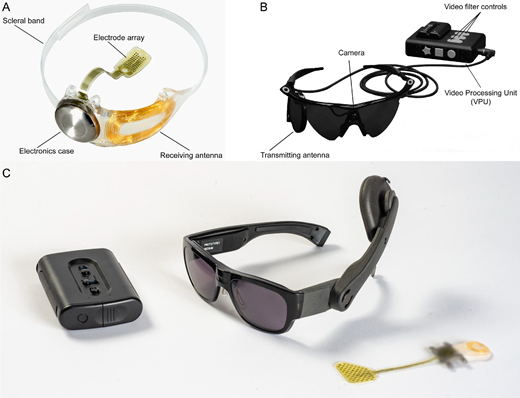2024-12-17 カリフォルニア大学サンタバーバラ校 (UCSB)
<関連情報>
- https://news.ucsb.edu/2024/021709/seeing-future-michael-beyelers-work-neurotechnology-earns-him-top-faculty-award
- https://tvst.arvojournals.org/article.aspx?articleid=2802271
視覚補装具の開発と移植者のニーズとの整合性 Aligning Visual Prosthetic Development With Implantee Needs
Lucas Nadolskis; Lily M. Turkstra; Ebenezer Larnyo; Michael Beyeler
Translational Vision Science & Technology Published:November 2024
DOI:https://doi.org/10.1167/tvst.13.11.28

Abstract
Purpose: Visual prosthetics are a promising assistive technology for vision loss, yet research often overlooks the human aspects of this technology. While previous studies focus on the perceptual experiences or attitudes of implant recipients (implantees), a systematic account of how current implants are being used in everyday life is still lacking.
Methods: We interviewed six recipients of the most widely used visual implants (Argus II and Orion) and six leading researchers in the field. Through thematic analyses, we explored the daily usage of these implants by implantees and compared their responses to the expectations of researchers. We also sought implantees‘ input on desired features for future versions, aiming to inform the development of the next generation of implants.
Results: Although implants are designed to facilitate various daily activities, we found that implantees use them less frequently than researchers expect. This discrepancy primarily stems from issues with usability and reliability, with implantees finding alternative methods to accomplish tasks, reducing the need to rely on the implant. For future implants, implantees emphasized the desire for improved vision, smart integration, and increased independence.
Conclusions: Our study reveals a significant gap between researcher expectations and implantee experiences with visual prostheses. Although limited by access to a small population of implantees, this study highlights the importance of focusing future research on usability and real-world applications.
Translational Relevance: This retrospective qualitative study advocates for a better alignment between technology development and implantee needs to enhance clinical relevance and practical utility of visual prosthetics.


